Canada Education Levels By Province
For instance the grades at which each level begins and ends vary. The canadian education system covers elementary secondary and post secondary education.

Regional Economics In Canada The Canadian Encyclopedia
Education in canada is generally divided into primary education followed by secondary education and post secondary.

Canada education levels by province. 5 grades on the indicator measuring the population share whose highest attainment is a university degree are slightly lower bs and cs for all provinces but ontario which earns an a grade. Generally speaking the education system is divided into three levels. Percentage of adults aged 25 to 64 with a bachelors degree or higher who studied stem science technology engineering and mathematics 247.
Compulsory education begins in grade 1 at the age of 5 or 6 and ends sometime in high school. More about canadian provincial grade levels. Among those who studied in another country.
Within the provinces under the ministry of education there are district school boards administering the educational programs. Education is compulsory up to the age of 16 in every province in canada except for ontario and new brunswick where the compulsory age is 18. In canada parents have to make sure their children get an education.
This means canada spends proportionately more on education than the average among oecd countries. Education is compulsory in all canadian provinces for at least 10 years. Education in canada is governed by each provincial and territorial government so there are slight differences between the education systems in each province and territory.
The education system in canada like many countries consists of primary schooling secondary schooling and postsecondary schooling. Theyre much the same across canada but there are some differences among provinces and territories. Canada generally has 190 total school days in the academic year typically starting in september after labor day and concluding near the end of juneusually.
The canadian government heavily subsidizes education from kindergarten through to the post secondary level spending on average almost six percent of its gdp on education. School attendance is mandatory until the age of 16 in all provinces except for manitoba ontario and new brunswick where the required age is 18. Canada does not have a federal department or national system of education.
Percentage of adults aged 25 to 64 who obtained their highest postsecondary qualification in their province or territory of residence. Provincial and territorial governments set up and run their own school systems. 2016 census of population.
Nine provinces earn as on the share of their populations whose highest level of education is a college diploma. In most provinces students must attend school until the age of 16 around grade 10. In 2011 8694000 or 738 of adults aged 25 to 64 with a postsecondary qualification had studied in the province or territory in which they resided in 2011 while 99 had studied in another province or territory and 163 had studied in another country.
Education is within provincial jurisdiction and the curriculum is overseen by the province.

Energy Use In Canada Canadian Geographic
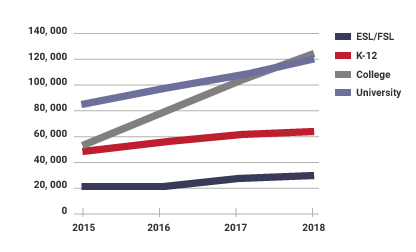
Canada S International Education Strategy 2019 2024
Canadian High School
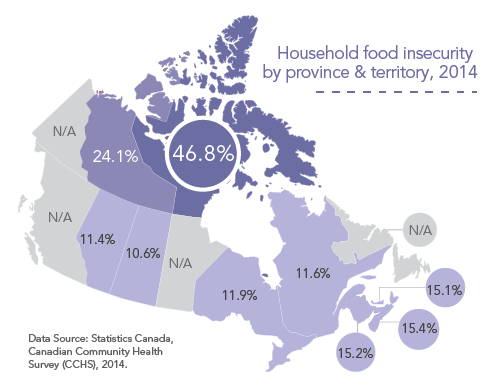
Household Food Insecurity In Canada Proof
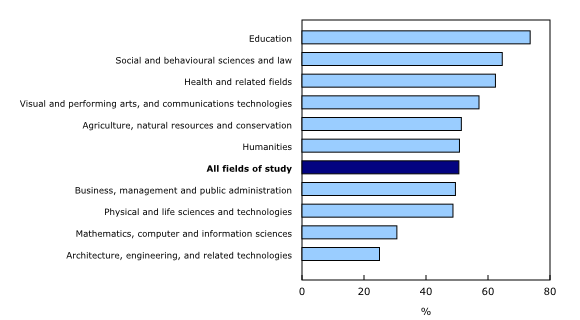
The Daily Education In Canada Key Results From The 2016 Census

The Education System Of Canada
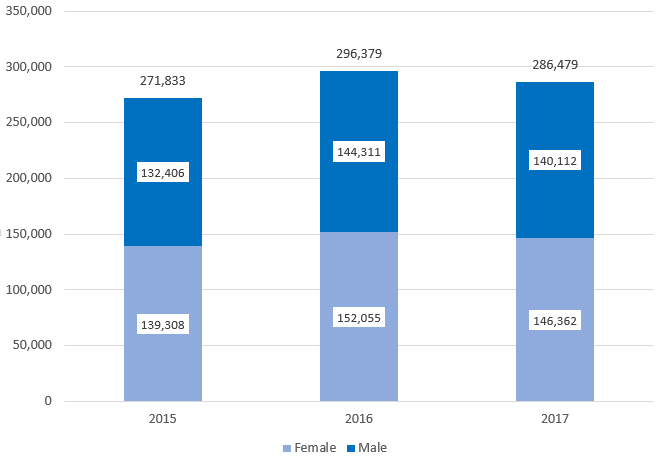
2018 Annual Report To Parliament On Immigration Canada Ca
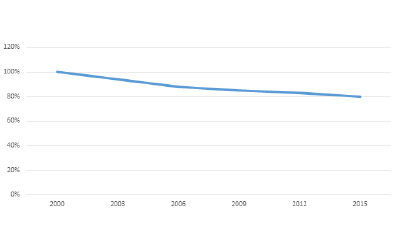
Canada S Public Schools Are We Paying More But Getting Less